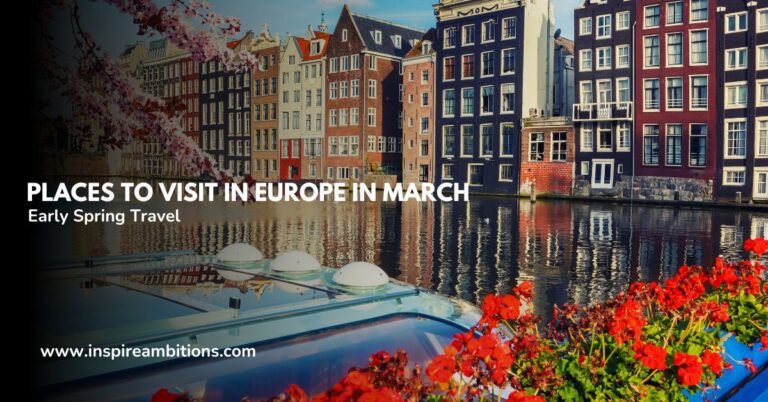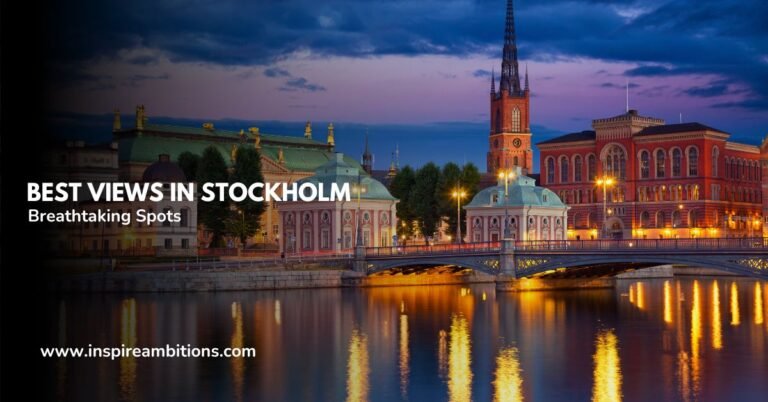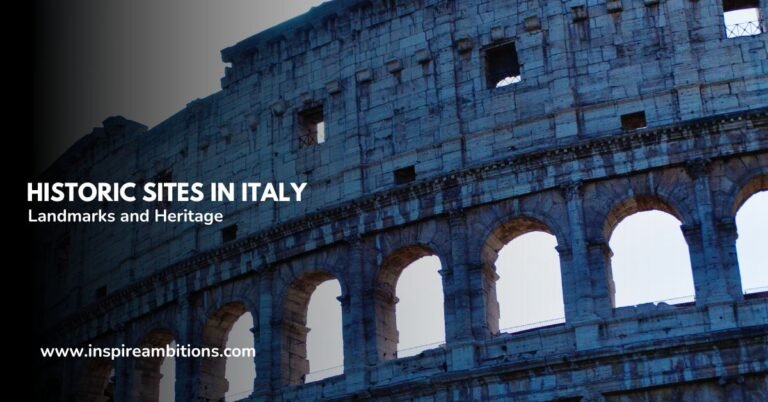Florence Skyline – Unveiling the Renaissance City’s Architectural Marvels
Florence’s skyline is like a mosaic of architectural masterpieces that tell the story of its rich history and cultural significance. As the cradle of the Renaissance, the city’s skyline is punctuated by iconic domes and towers that have stood as silent witnesses to centuries of artistic and intellectual evolution.
Visitors to the city are often struck by the harmonious blend of historic and modern elements, from the reddish hue of terracotta rooftops to the majestic outline of the Cathedral of Santa Maria del Fiore.

Standing on a high vista, like the famous Piazzale Michelangelo, one can view the Florence skyline in its full glory, especially during the golden hours of dawn or dusk. This panorama is more than just a visual treat; it encapsulates centuries of architectural achievements and the city’s ongoing commitment to preserving its heritage.
Whether seen from afar or experienced from the intimate rooftop bars and gardens scattered across the city, the Florence skyline remains an unforgettable emblem of Italy’s artistic legacy and an open-air museum that continues to inspire and captivate.
Florence Skyline – Key Takeaways
- Florence’s skyline is a testament to its stature as the cradle of the Renaissance.
- Iconic landmarks define its panoramic vistas, like the Cathedral of Santa Maria del Fiore.
- The city harmonizes its historical architecture with modern living experiences.
Historical Overview of Florence

Florence’s skyline tells a thousand tales, sculpted by the hands of history and adorned with architectural masterpieces. Each monument weaves a thread into the fabric of the city’s past, from the rise and fall of influential families to the blossoming of art and culture.
Evolution of the Florence Skyline
The Florence skyline has undergone transformative changes since the city’s foundation as a Roman military colony in the 1st century BCE. The Medici family, synonymous with the city’s ascendancy, was pivotal in sponsoring the arts and architecture that contributed to the vista.
The shifting tides of power and fortune can be seen in the birth of iconic structures, like the Palazzo Vecchio in the Piazza della Signoria and the renowned Ponte Vecchio lining the Arno River.
Iconic Monuments and Buildings
Florence is home to an ensemble of historic monuments that testify to its glorious past. Giorgio Vasari, a notable figure in the city’s narrative, worked on the Uffizi Gallery, framing the city’s artistic heritage. The heart of Florence’s religious history, the Piazza del Duomo, is dominated by the Cathedral, its illustrious dome engineered by Filippo Brunelleschi.
Across the Arno, the grand Palazzo Pitti serves as a monumental testament to the grandeur of the Renaissance era. These editors define the skyline and embody the city’s enduring legacy.
Viewing the Florence Skyline

From the amber hues of a breathtaking sunset to the historical contours etched against the sky, the skyline of Florence offers a visual symphony that resonates with the marvels of the Renaissance.
Best Vantage Points
Piazzale Michelangelo: Often hailed as the premiere spot for panoramic vistas, Piazzale Michelangelo is a beacon for those seeking the quintessential Florence skyline view. Elevated above the city, it presents the Arno River as a glinting ribbon below, with Florence’s architectural masterpieces sprawled in harmony. The area becomes particularly spellbinding at sunset when the city lights start to mimic the stars above.
Notable Highlights:
- Sunset Views: The dazzling colours of the sunset complement the already stunning architecture.
- Map Availability: Tourist maps detailing the layout are readily available to identify the prominent structures.
Guided Tours and Apps
For an enriched experience, guided tours offer historical insights and hidden anecdotes, often overlooked by solitary wanderers. Knowledgeable guides point out the significance of landmarks like the Cupola del Brunelleschi and Giotto’s Campanile as part of the Florence skyline from various perspectives.
Interactive Experiences:
- Apps: Downloadable mobile apps can provide a virtual map and augmented historical context.
- Tours: Different tours, including river cruises on the Arno, combine unique views with captivating narratives.
Cultural Significance

Florence’s skyline isn’t just a feast for the eyes—it’s a narrative in stone and fresco of the city’s deep ties to the Renaissance, art, and power.
Art and Architecture
The Florence skyline is a testament to the city’s grandeur and artistic legacy. Dominating this skyline is the Cathedral of Santa Maria del Fiore, commonly known as the Duomo, with its formidable dome engineered by Filippo Brunelleschi.
This structure not only revolutionized the world of architecture but also houses some of the most exquisite frescoes that capture religious narratives and cultural expressions of the time. Visitors and scholars alike find their gaze captivated by the detailed façade and the artistic marvels of the CatheCathedral, which form a critical piece of Florence’s identity.
The skyline is punctuated by the silhouette of Palazzo Pitti, a grand Renaissance palace that later became the chief residence of the ruling Medici family. Within its walls lie rich collections of paintings, sculptures, and treasures that speak volumes of the city’s storied past.
Influence of the Medici Family
It’s impossible to discuss Florence without mentioning the Medici family. Their influence is stitched into the very fabric of the city’s skyline.
As patrons of the arts, they sponsored the construction and decoration of numerous buildings that defined Florence’s architectural landscape. They propelled the Accademia di Belle Arti, nurturing talent such as Michelangelo. His David statue—a symbol of the city’s artistry—remains an enduring emblem of Medici’s support for the arts.
Florence’s history, culture, and visual magnificence are deeply intertwined with the Medici legacy. Through their foresight and investment, the Medici not only shaped the physical skyline of Florence but also cemented its status as an incubator of the Renaissance, influencing European culture and politics far beyond their reign.
Modern Experiences in Florence

Florence’s skyline is steeped in history, but contemporary treats await those looking for modern experiences. Today’s visitors can enjoy high-end restaurants with panoramic views and facilities that fuse the rich past with the present.
Dining with a View
Restaurants and bars in Florence are redefining eating out by offering meals with magnificent views of the historic skyline.
For a truly unique experience, dine at establishments that serve contemporary Tuscan cuisine on terraces overlooking the city. These venues often combine local flavours with modern culinary techniques, making for a memorable meal against the backdrop of the breathtaking cityscape.
Accessibility and Facilities
Modern Florence considers the need for accessibility and facilities that cater to all visitors. Ample parking and up-to-date amenities are available to ensure guests have a comfortable and stress-free experience while exploring the city. Newly designed spaces provide easy access for those with mobility issues, showing that the city’s dedication to preservation doesn’t come at the expense of modern needs and conveniences.







